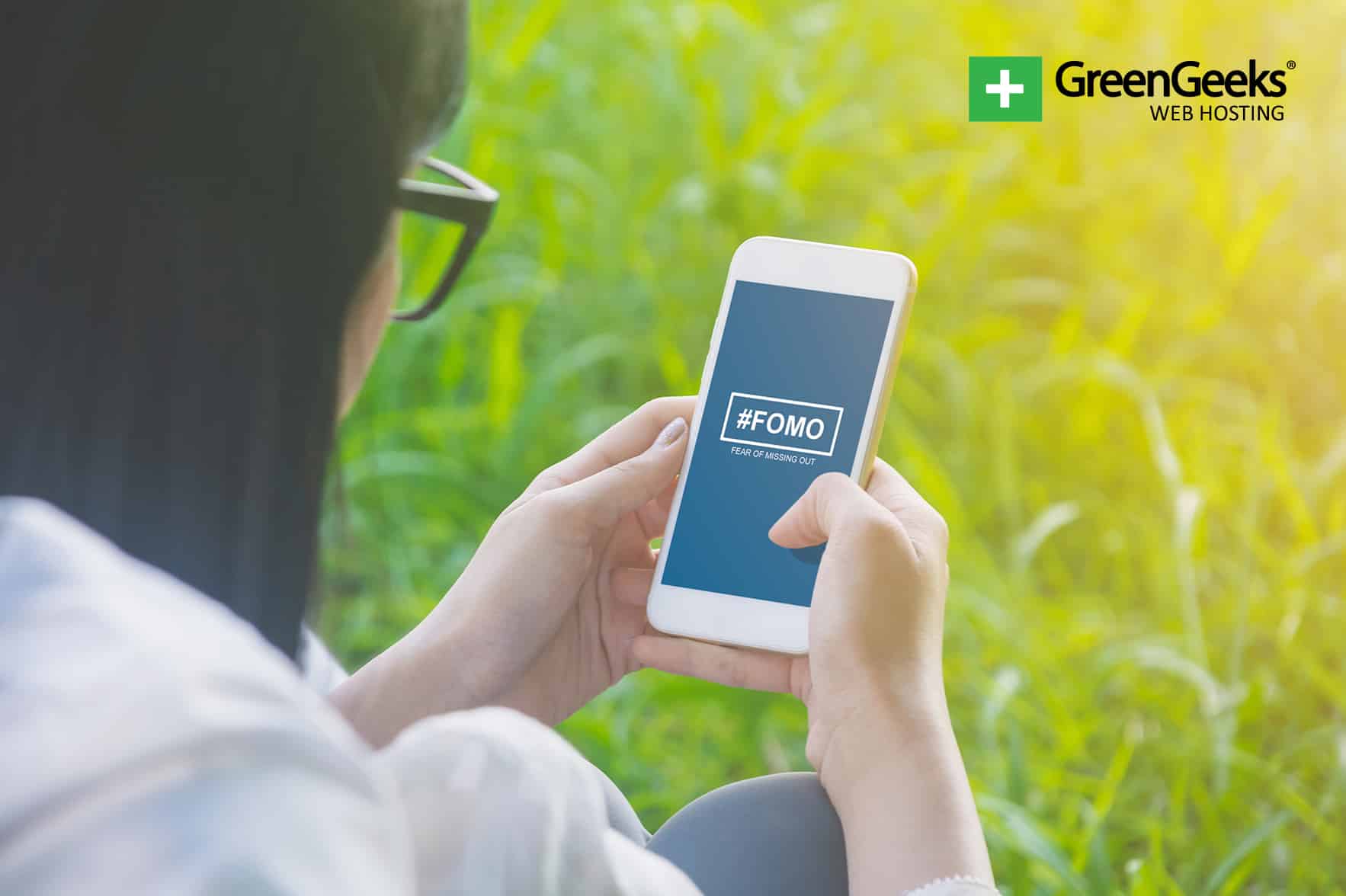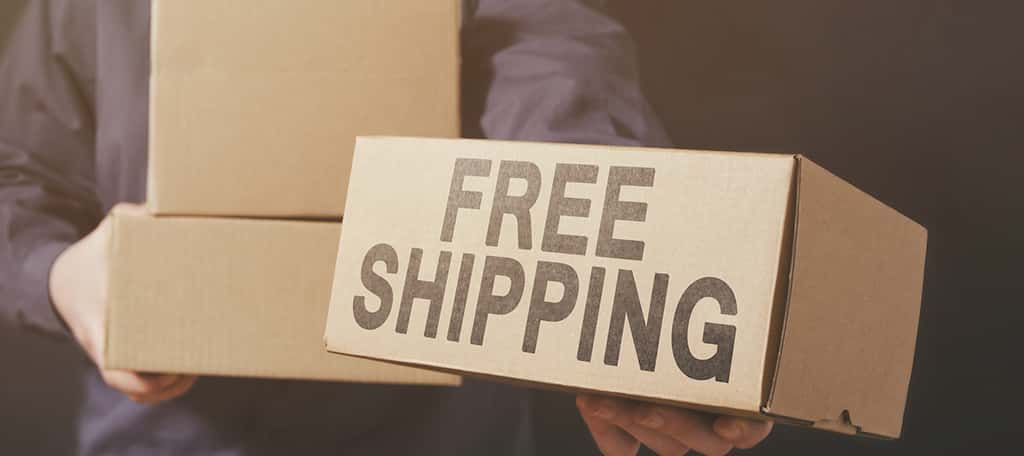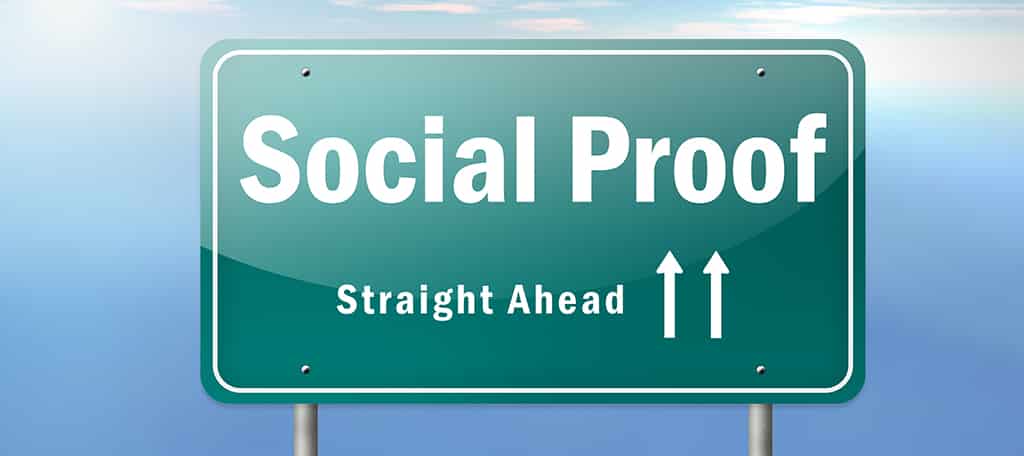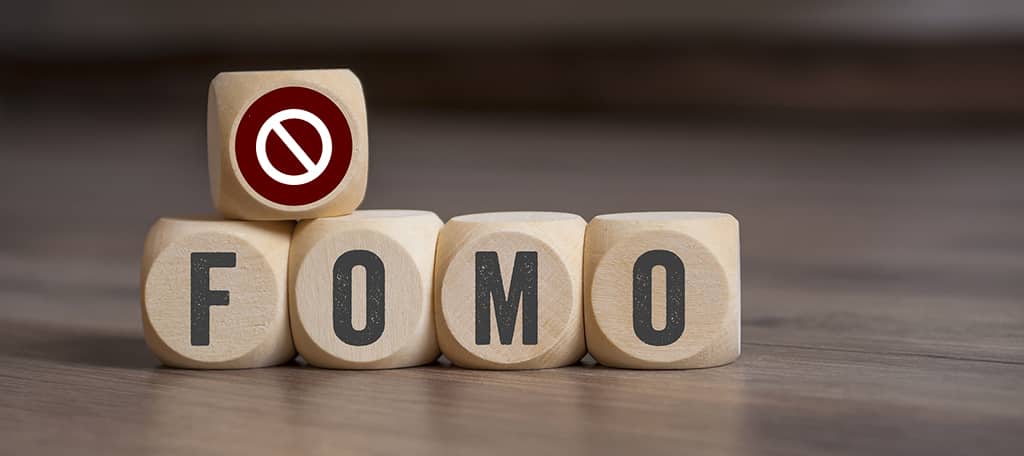
Are you interested in manipulating the human psyche to boost your website’s revenue? If so, then you should be utilizing the FOMO marketing strategies that are proven to work.
FOMO stands for Fear Of Missing Out. The premise is simple. Your goal is to make your customers believe they are missing out on a once in a lifetime opportunity.
While the theory behind FOMO is basic, how you choose to apply it is the key to success.
If done correctly, the odds of customers making a purchase will increase significantly. However, if done wrong, you could risk alienating your brand from deal-savvy consumers.
This guide will outline some of the most popular FOMO marketing strategies in 2019.
Why FOMO Marketing Works
FOMO marketing is a proven strategy, and these stats will help you understand why.
As all stores are now aware, millennials are the target shopping group that companies are aiming to please. And as you may imagine, this has lead many companies to research the best ways to market to this audience.
There is a lot of evidence that suggests FOMO marketing is extremely effective at targeting this generation. According to one study, 69% of millennials can be influenced by FOMO marketing.
However, FOMO is not just effective on millennials; it’s effective on everyone.
If you can make visitors feel they will miss out on something, your sales are sure to increase.
The 19 Best Ways To Use FOMO
Every online store is unique, thus, many of these strategies will get different results. While you can definitely use multiple strategies, it is important to be obvious.
This can easily backfire and drive away customers who see what is going on.
1. Display Your Stock

One of the most effective means of making someone feel like they will miss something is having a limited quantity.
For example, Amazon uses this tactic on their store. You can see exactly how many items they have in stock.
However, you can go a bit further by keeping the amount of stock displayed lower than it actually is. While this may seem like an underhanded tactic, most stores use this strategy because it gets results.
Another great example is live events. If you have ever hunted for tickets to a concert or sporting event, you know that seating is limited. These events make that very clear to drive ticket sales.
2. Add A Clock
Adding a clock is a great way to add a sense that time is running out. This is another very common tactic that online stores utilize.
A great example of this is, again, Amazon’s deals. Each deal shows the exact amount of time left before it expires. This forces visitors to make a decision quicker and gives them a visual confirmation that time is running out.
This might be the most literal FOMO strategy on this list.
3. Show When A Sale Is Made

Peer pressure is a powerful tool that can help push customers into making a purchase. You can help visitors feel this by showing sales notifications on your website.
When customers see others making a purchase they are considering, it makes them think they are making the right choice.
When you apply this tactic on a product with a limited quantity, it can have great results. This gives customers the feeling that there will be no more left if they wait too long.
4. Create A Special Bundle For A Limited Time
Shoppers love great deals, but they also love bundles. Not only is this a great FOMO tactic, but it allows stores to sell less popular products by pairing them with more popular ones.
When you combine this with a time limit, you are really making customers feel like they are missing out.
5. Change Your Language

One of the most crucial points of FOMO is really capitalizing on the sense of missing out.
You can do this by utilizing phrases that make shoppers imagine themselves in the future or otherwise give a sense of urgency.
For example, some of the popular phrases include:
- You’ll kick yourself if you miss this deal!
- This deal is almost over. Buy now!
- Searching for [Insert Item]? Don’t miss out!
- Wait! This deal won’t be around long.
Using these types of phrases can help drive sales, which is exactly why so many stores use them.
6. Exclusive Content
FOMO is not just for online stores. These tactics can be used to boost subscribers on various platforms.
For example, it is quite common for YouTubers to release exclusive content on another website or platform. The advantage is that they get to grow their brand on other systems while followers get content faster.
This is especially prevalent on social media accounts. There are multiple large social media platforms like Facebook, Twitter, Instagram, and more.
Most marketers will have accounts on all of the major platforms to connect with as many people as possible. However, it can be difficult for them to all grow evenly.
Utilizing FOMO on social media is a great way to boost subscribers and followers on multiple platforms.
7. Add Free Shipping On Large Orders

Not having to leave your house to make a purchase is half of the appeal of shopping online. Research has uncovered that 90% of millennial shoppers say free shipping is enough to make them shop online.
However, you can go a step further by offering free shipping on orders of X value. This incentivizes larger purchases.
Think about it. You just purchased an item for $20, but you see that the shipping will be free on orders $25 and up.
This makes a customer feel like they are missing out on a deal so they add something else to their cart.
8. Utilize Exit-Intent Popups
An exit-intent popup allows you to offer one-time deals to customers that are about to leave your page.
Most online stores utilize this technique by offering one-time discount codes.
For example, you could create a popup that requires users to sign up for an email subscription, but in exchange, they get 20% off their next purchase.
This sweetens any deal you are offering. It can convert someone who is about to leave the site into a new email subscriber and, more importantly, a sale.
9. Use FOMO Images

A picture is worth a thousand words. However, you should try to make your images scream that they are missing out.
Images are commonly used to help boost sales. But by combining your images with some of the phrases that were previously mentioned, you can get some killer results.
Many online stores will use this type of phrasing in the buy buttons themselves.
10. Use Expiring Content
For the majority of websites, especially blogs, you are encouraged to use content that will be around forever. This helps make you look like an expert on the topic.
But doing the exact opposite has its benefits.
Remember, FOMO is all about creating a situation where the customer/visitor feel like they are missing out. You can use expiring content to have a similar effect.
This can be done with various types of content, sales, services, and more.
A great example of this is Snapchat. If you do not see the content while it is live, it will be gone forever, This creates a situation where users need to constantly check for new materials.
It’s a great marketing strategy, but it might not be for every website.
11. Limited Rewards

Have you ever seen a promotion along the lines of:
“The first 50 customers receive 10% off their purchase.”
Or
“The first 100 customers will receive an extra gift today only!”
It’s a very common practice because it attracts customers to try and get something free. It also makes them act faster as the limitations insinuate how time is running out.
If they’re not fast enough, they miss out on the promotion.
12. Email Marketing
Email marketing is extremely common, and I am willing to bet that you have been asked to subscribe to one before.
The FOMO strategy is quite effective at boosting email subscribers.
The first step is to make sure there is an incentive to join. However, as you probably know by now, that needs to be something that makes them think they are missing out if they don’t sign up.
A great way to do this is by including coupons or exclusive deals that are only available through email.
13. Use Social Media Events

If your store sells a unique product, you can run a contest online showcasing how people use the item.
Wait a minute, how does this relate to FOMO?
You see, by having these images posted on your social media accounts, customers who have not purchased them yet can see them in action.
Thus, you can make them regret not purchasing the goods. If you time your social event towards the end of a sale, you can push people to buy the products.
14. Take Advantage of A Price Hike
The term price hike or increase is usually negative to shoppers, but it doesn’t have to be.
You can use it as a selling point!
“Buy now! Before the price increase takes effect.”
Customers will feel like they are losing out of savings if they don’t buy at the old price.
You might see a lot of companies use something like a strike-through effect showing the higher price with the lower amount next to it. This is along the same lines as showing the difference between the price hike and the “sale.”
15. Offer An Upgrade or Membership

It’s a common practice for stores or services to offer different packages.
For example, Amazon offers Prime memberships. This grants free shipping and exclusive deals that non-prime members cannot access.
Thus, if your not a member, you’re missing out.
However, you can also do this for services. For example, let’s say you created a WordPress plugin.
There is a free and premium version of it. The premium version is an upgrade that grants exclusive features.
It’s a great way to increase revenue. People feel like they have a useful tool but may be encouraged to upgrade if the premium service or product is superior.
16. Showcase Missed Opportunities
Remember how a limited quantity can help boost sales? Well, showing when an item was sold out can be super effective.
For example, let’s say your favorite musician is performing near you. The show was sold out, but most websites will usually show when tickets were exhausted.
This is a tactic to make sure the seats are sold fast. It is a common tactic for live events or reservations.
This also has another advantage. It shows that the item was actually limited in volume. In reality, a customer has no idea if you are telling the truth about it being limited without confirmation.
This shows them it’s true.
17. Social Proof

Product reviews, testimonies, Tweets, and more are a great way to add verification of purchase.
It’s no secret the internet isn’t as safe as it seems. There are plenty of scam websites, and visitors want to make sure they are not being ripped off.
A well-written positive review or testimony can help boost sales. Reading a good review can make the customer think they might be missing out if they don’t act now.
18. Use Current Events Or References
Keeping up with current events is very important when you are running social media accounts.
You can easily cash in on a funny trend, joke, or quote by an influencer. This can help your social profile grow faster.
However, it means that your followers also need to keep up with you. If not, they could miss out on something hysterical.
19. Be Anti-FOMO

I know, you’re here to learn how to use FOMO tactics, but actively not using them is also a tactic.
FOMO is extremely common, which is a problem.
Let’s be honest; the FOMO effect is great for boosting sales. But eventually, it can get annoying. Nobody wants to be constantly reminded of a time they missed out on something.
On top of this, constant deals and discounts will ultimately make people less willing to buy anything at full price. Shoppers could simply sit back and wait for the next volley of promotions.
Being openly anti-FOMO is a trendy move in 2019. It can make you stand apart from the competition.
For example, advertising that you do not offer any deals because you already offer the lowest prices sounds great.
In fact, it allows you to target the audience that misses that 2-day sale from a competitor. They know that you’re the best option around now.
Use What Works For You
The key to marketing is understanding your audience and what gets the best results. By utilizing these FOMO tips, you can easily boost your website’s revenue.
However, remember that you can definitely go overboard when it comes to FOMO. You should not be using all of these techniques at the same time. It can be more problematic than helpful.
